HOW TO CREATE A LUNCHTIME CLUB TO BUILD FRIENDSHIPS & DEVELOP SOCIAL SKILLS
Learn how to create a lunchtime club to support friendships today!
In this podcast I talk about:
🔥 Creating lunchtime clubs – 8 top tips (jump here)
🔥 Passive playgrounds (jump here)
🔥 Buddy benches (jump here)
🔥 Woolworths garden (jump here)
🔥 Cook books (jump here)
🔥 Friendship funnel (jump here)
Download a one-page printout of this blog here: Lunchtime Club Blog
Many Schools have introduced Lunchtime Clubs and have had Great Success
Playgrounds are unstructured, unpredictable places where children with ASD struggle to follow and join in the numerous social interactions surrounding them. Children with ASD frequently return to class from the playground in a high state of anxiety. In addition, their self-esteem frequently takes a battering. In our book Developing Social Skills, co-author Gay von Ess and I have lots of practical ideas and strategies to support social skills.
8 Top Tips for Creating Successful Lunchtime Clubs

Use students’ current interests and create clubs around these, or skills the students need.

Consider setting up for students who are not coping in the playground or constantly having incidents.

Name the club: ‘The World of Fun’, ‘Lunchtime Club’, ‘Rest and Relaxation’, ‘Games Group’, etc.

Haave set open days each week. This can be from 1-5 days.

Decide on number of students who can attend.

Decide HOW students join the Club, i.e. Self-selected, teacher selected, bring a friend, open door or teachers identified on the day who would benefit from the programme.

Iclude a range of activities and provide variety e.g. music, board games, Lego, cards, chess, computer, jigsaws, art, drawing, colouring, craft, Origami, garden group, watering group, relaxation, sensory room, Nintendo Wii, interactive whiteboard, iPads, aviary with seating and trees, exercise bike, mini trampoline, cooking and more.

Staffing/Supervision – be clear about supervision by staff. Some schools have peer programmes set up where older students supervise. All the schools who used peer support report a tremendous response from students wanting to be involved in the programme.8. Staffing/Supervision – be clear about supervision by staff. Some schools have peer programmes set up where older students supervise. All the schools who used peer support report a tremendous response from students wanting to be involved in the programme.
Passive Playgrounds
Passive Playgrounds are another option for Lunchtime Clubs. They are a classroom that is open with table top activities, board games, etc where students can go for quiet socialisation. Passive Playgrounds are a great way to support students with social skills and social engagement.
Buddy Benches
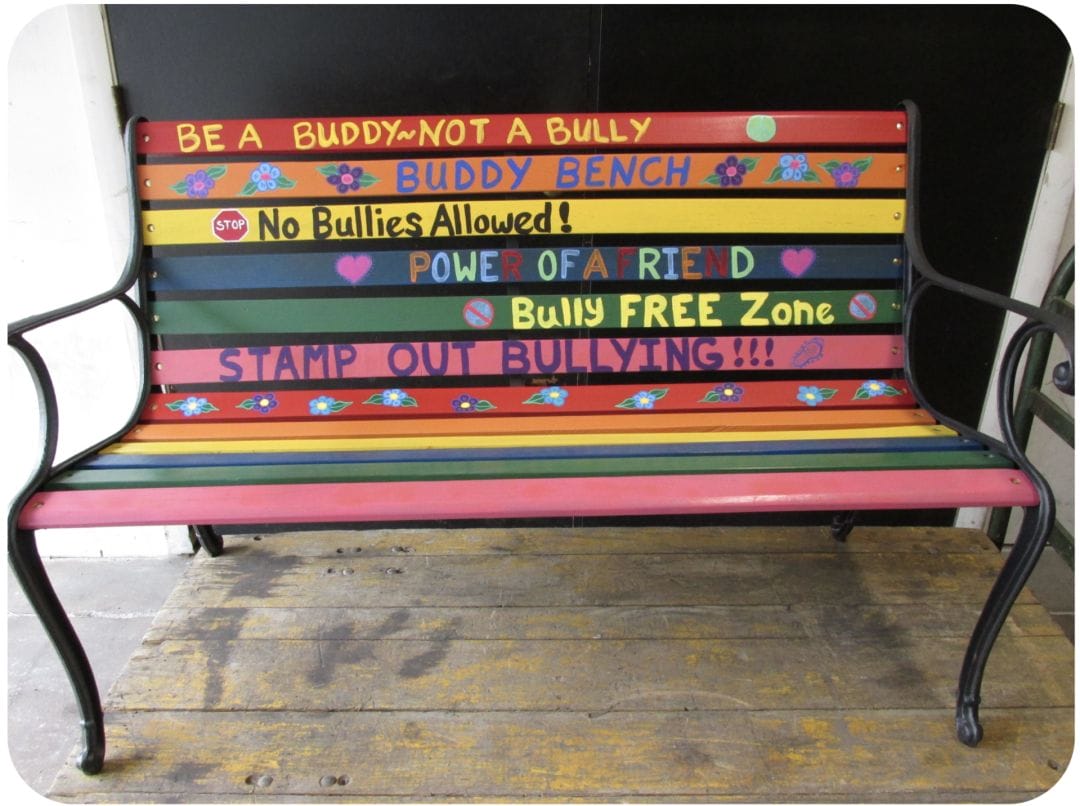
Some schools use Buddy Benches where children can go if they want someone to play with them. Other children are taught to keep observing and involve any peers sitting there. The Buddy Bench is great in addressing loneliness and instilling a sense of inclusion within the school community.
GOOD REMINDER
According to Dr. Rebecca Wood from the University of Birmingham,
“It is crucial to understand and respect the social preferences of individual children.”
In other words it is important to acknowledge that some children would rather be alone and others would prefer a larger group of friends. It is not vital for children with ASD to have friends UNLESS they want to.
Idea: Woolworths Garden
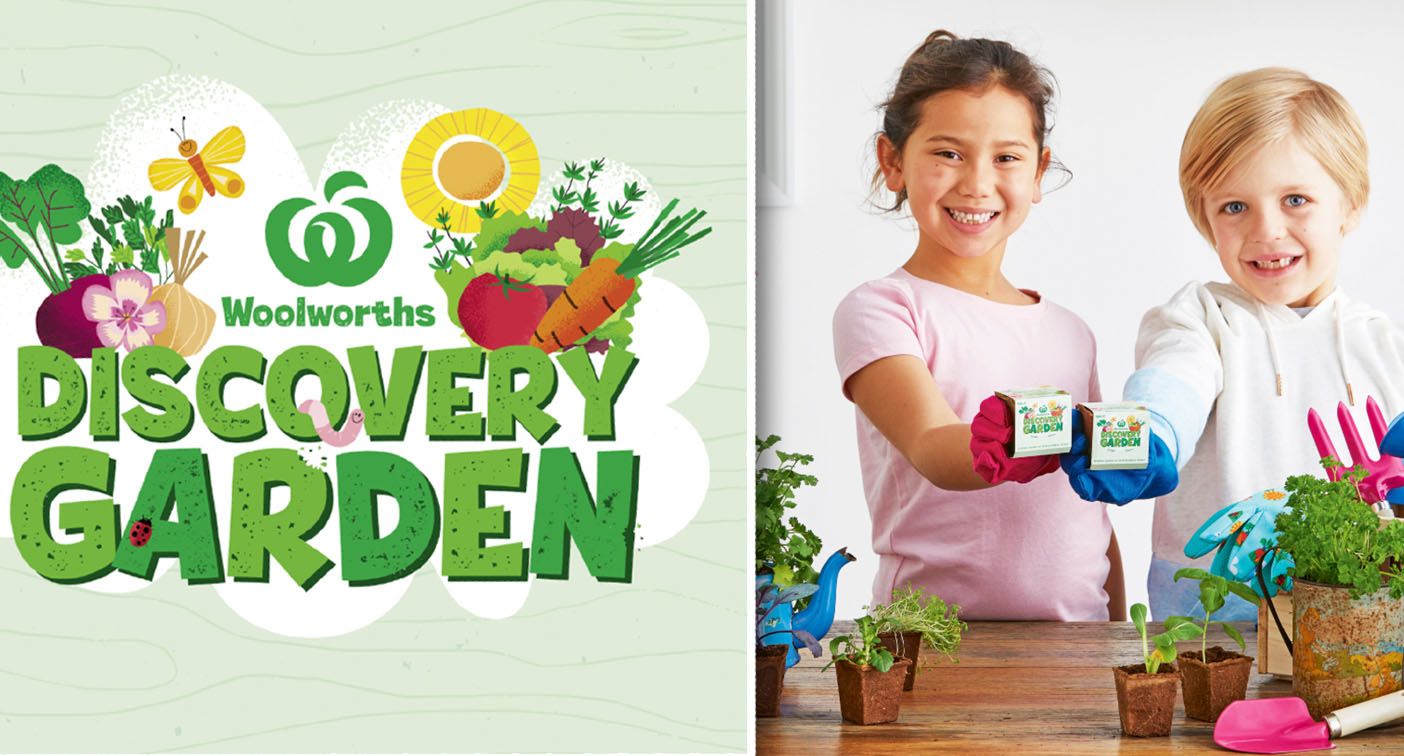
You can use the free Woolworth plants as inspiration to create a gardening club! Teach these kids social skills as well as the importance of caring and looking after the plants. Once you’ve grown some amazing produce, check out some of my cook books below!
Developing Social Skills
| by Sue Larkey & Gay von Ess | A starting point for teaching and encouraging social interactions and skills for children with an autism spectrum disorder and other developmental delays. It is a useful concrete and visual resource which when coupled with videoing, role playing and modeling will help young primary school age children with an autism spectrum disorder to better understand the social world around them. This book includes hundreds of ideas, social stories and worksheets. It is a great resource full of time savers for home and school.
$39.95
38 in stock
Cook Books
Also mentioned in this podcast: Friendship Funnel

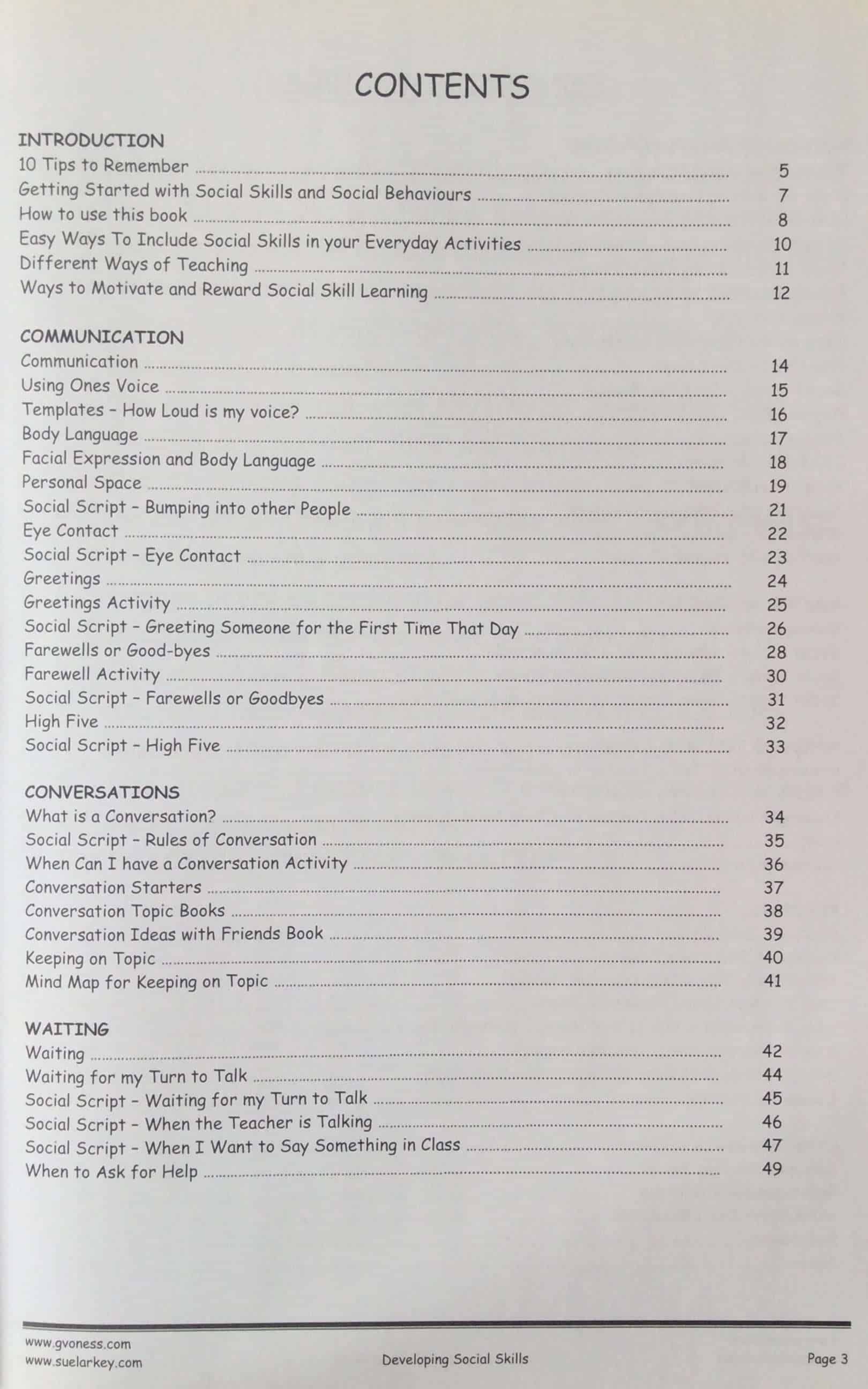
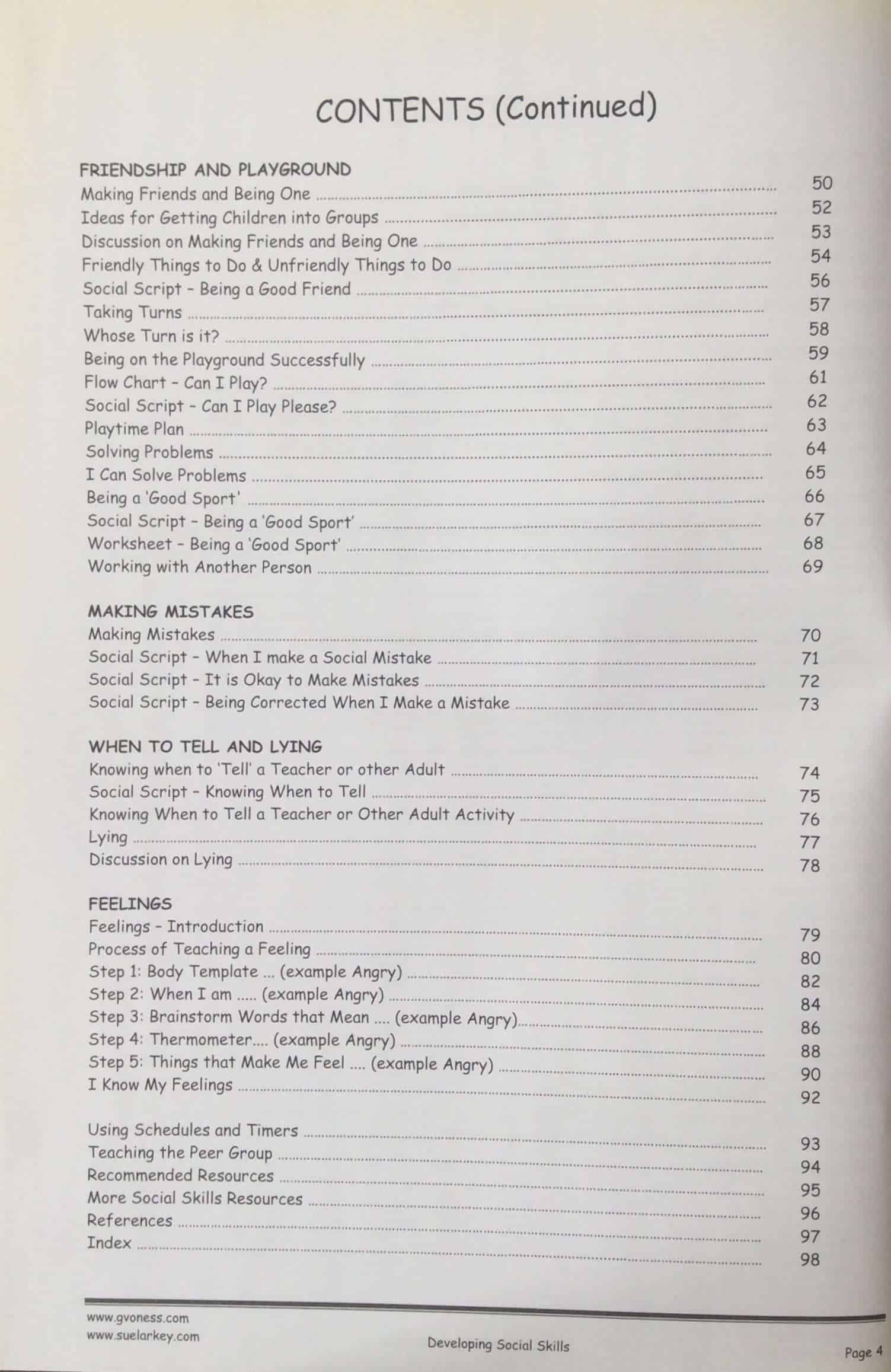



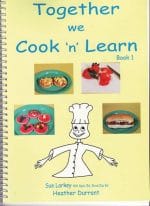
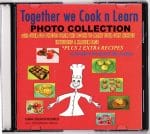

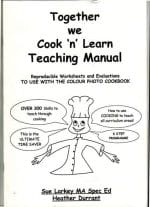
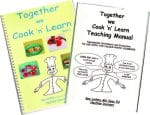
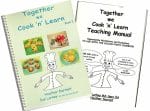


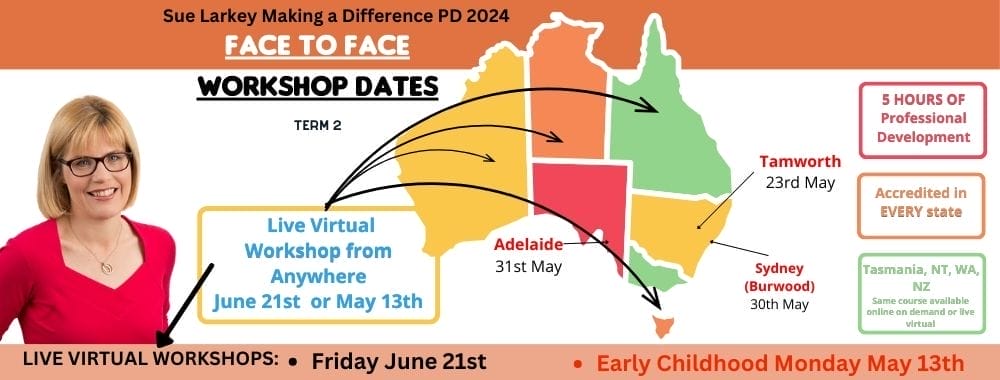

 For all orders outside Australia please email
For all orders outside Australia please email 